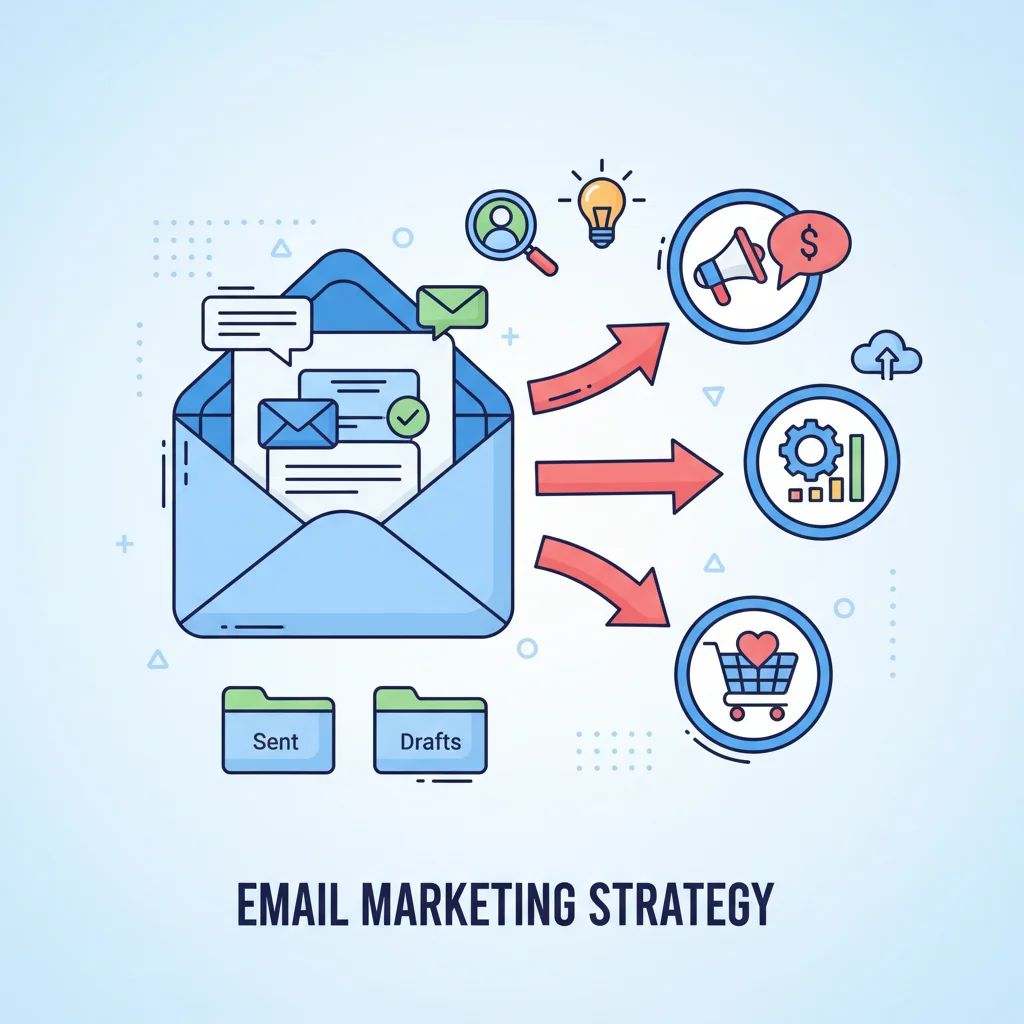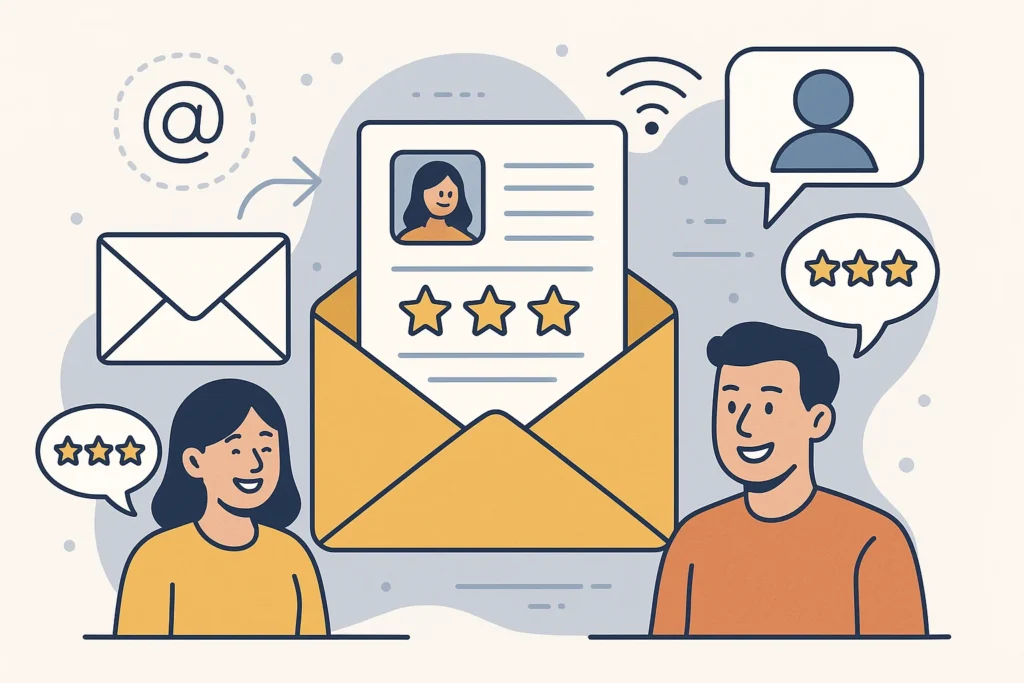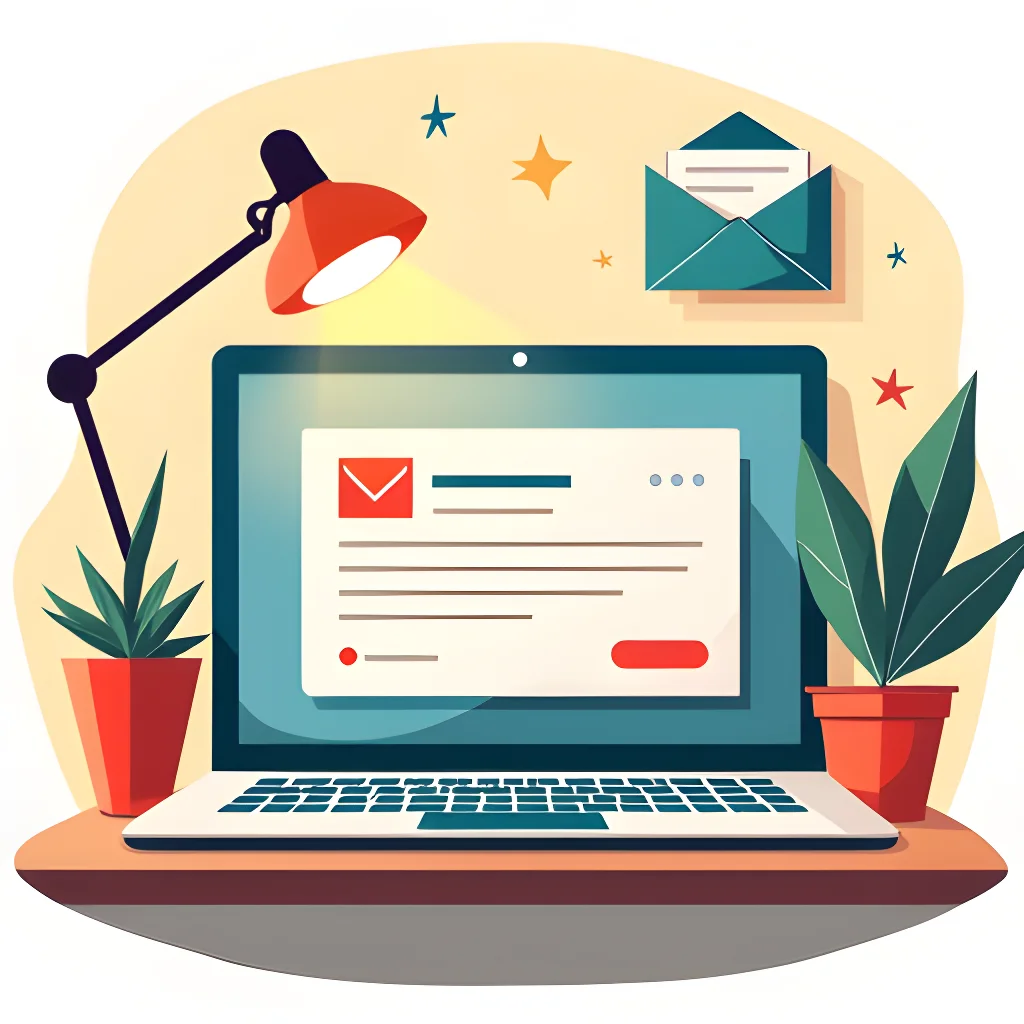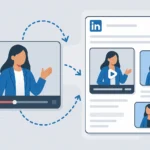Now Reading: How Often Should You Hit Send? The Science Behind Optimal Email Frequency
-
01
How Often Should You Hit Send? The Science Behind Optimal Email Frequency
How Often Should You Hit Send? The Science Behind Optimal Email Frequency

Are you struggling to find the right balance between staying top-of-mind and not overwhelming your subscribers? The optimal email frequency for subscriber engagement is the secret sauce that separates thriving email marketers from those who get lost in the shuffle.
Understanding how often you should send marketing emails to your subscribers can make or break your campaign’s success. In this comprehensive guide, we’ll explore the data-driven strategies, actionable tips, and real-world examples that will help you send emails at just the right cadence – maximizing engagement, reducing unsubscribes, and driving more revenue for your business.
Key Takeaways
- Send 1–3 marketing emails per week to maintain optimal subscriber engagement and avoid list fatigue.
- Monitor key metrics like open rates, click-throughs, and unsubscribes to fine-tune your frequency.
- Segment your audience and personalize frequency based on subscriber behavior and preferences.
- Test and adjust—there’s no one-size-fits-all, so let your data guide your strategy.
How Often Should I Send Marketing Emails to My Subscribers?
The short answer: Most businesses see the best engagement by sending 1 to 3 emails per week. This frequency keeps your brand visible without overwhelming your audience. However, the optimal cadence depends on your subscribers’ preferences, your industry, and the types of emails you send. Always monitor engagement metrics and adjust as needed to find your unique sweet spot.
Useful Articles:
Understanding the Optimal Email Frequency for Subscriber Engagement
Why Email Frequency Matters
Email marketing remains one of the highest ROI channels available, but the right frequency is crucial. Send too many emails, and you risk annoying your subscribers, leading to higher unsubscribe rates and spam complaints. Send too few, and your brand becomes forgettable, missing out on valuable engagement and sales opportunities.
The goal: Find the frequency that keeps your brand top-of-mind and your audience engaged—without crossing into inbox fatigue.
The Data: What Research Says About Email Frequency
- 1–3 emails per week is the sweet spot for most businesses, balancing engagement and retention.
- Sending fewer than one email per week can cause subscribers to forget your brand.
- Exceeding five emails per week often leads to higher unsubscribe and complaint rates.
- Segmenting your list and tailoring frequency to different groups can significantly boost engagement.
The Risks of Under-Emailing
- Lower brand visibility
- Missed sales and engagement opportunities
- Subscribers may forget who you are, leading to lower open rates and higher spam complaints
The Dangers of Over-Emailing
- Increased unsubscribe rates
- Higher spam complaints
- Damaged sender reputation and deliverability
- Audience fatigue, leading to lower engagement and ROI
The Role of Segmentation in Frequency
Not all subscribers are the same. Some want every update, while others prefer occasional check-ins. Segmenting your audience by engagement level, purchase history, and behavior allows you to tailor frequency for maximum relevance.
Examples:
- New subscribers: More frequent touchpoints during onboarding
- Loyal customers: Weekly newsletters or exclusive offers
- Occasional browsers: Bi-weekly or monthly updates
Frequency by Email Type
| Email Type | Recommended Frequency | Notes |
|---|---|---|
| Promotional Emails | 1–2 times per week | Pair with value-driven content to avoid fatigue |
| Transactional Emails | As triggered by actions | Always send for purchases, updates, and confirmations |
| Newsletters | Weekly or bi-weekly | Consistency builds anticipation and trust |
| Re-engagement | 2–3 times over a month | Focus on what’s new or improved to win back attention |
| Abandoned Cart | Series of 2–3 emails | Send shortly after abandonment, then at decreasing intervals |
Timing Matters as Much as Frequency
- Tuesdays see the highest open rates.
- Fridays drive the most conversions.
- Test different days and times to find what resonates with your audience.
How to Find Your Optimal Email Frequency
Step 1: Establish a Baseline
Start with one email per week. This gives you a reference point to measure engagement.
Step 2: Monitor Key Metrics
Track:
- Open rates
- Click-through rates
- Unsubscribe rates
- Spam complaints
If engagement drops or unsubscribes spike, you may be emailing too often. If open rates are low and your brand feels forgotten, try increasing frequency.
Step 3: Segment and Personalize
Divide your list based on:
- Engagement level (active vs. inactive)
- Purchase history
- Browsing behavior
- Preferences (ask subscribers how often they want to hear from you)
Adjust frequency for each segment. For example, send weekly updates to loyal customers and bi-weekly to less engaged subscribers.
Step 4: Test and Optimize
A/B test different frequencies with segments of your list. For example, send two emails per week to one group and three to another. Measure the impact on engagement and revenue.
Step 5: Collect Feedback
Ask subscribers directly about their preferences. Use surveys or feedback forms to gather insights and adjust your strategy.
Step 6: Adjust and Repeat
Email marketing isn’t static. Regularly review your data and tweak your frequency as subscriber preferences and business goals evolve.
Useful Articles:
Advanced Strategies for Maximizing Engagement
Leverage Automation
Automated email sequences—like welcome series, transactional emails, and re-engagement campaigns—ensure subscribers get timely, relevant messages without manual effort. Automation can deliver higher engagement with fewer total sends.
Combine Quality with Quantity
Focus on delivering value in every email. If your content is consistently relevant, subscribers are less likely to feel overwhelmed—even with a higher frequency.
Tips:
- Mix promotional content with educational or entertaining material.
- Use strong, action-oriented subject lines.
- Personalize content based on subscriber data.
Use Send Time Optimization
AI-powered tools can analyze subscriber behavior and send emails at the optimal time for each individual, boosting open and click rates.
Monitor Seasonal Trends
During peak shopping seasons, subscribers may tolerate and even expect more frequent emails. Scale back during quieter periods to avoid fatigue.
Clean Your List Regularly
Remove unengaged subscribers to maintain deliverability and get more accurate insights from your tests.
Actionable Tips for Setting Your Email Frequency
- Start small: Begin with one email per week and increase as needed.
- Segment your list: Tailor frequency to different audience groups.
- Test and iterate: Use A/B testing to find what works for your audience.
- Prioritize value: Ensure every email has a clear benefit for the subscriber.
- Ask for preferences: Let subscribers choose their own frequency when possible.
- Monitor metrics: Watch for signs of fatigue or disengagement and adjust accordingly.
- Stay consistent: Regular, predictable emails build trust and anticipation.
Useful Articles:
The Role of Keywords and Content Strategy
Incorporate relevant keywords into your subject lines and email content to boost engagement and reinforce your brand’s messaging. Use action-oriented, clear, and specific language that aligns with your audience’s interests and needs.
Examples of high-performing keywords:
- Exclusive
- Free
- New
- Urgent
- Save
- Special Offer
- Now
- Last Chance
Personalize your content and subject lines for different segments to increase relevance and open rates.
Finding the optimal email frequency for subscriber engagement is both an art and a science. Start with 1–3 emails per week, segment your audience, test relentlessly, and let your data guide you. By focusing on value, personalization, and continuous improvement, you’ll keep your subscribers engaged and your email marketing results strong.




















